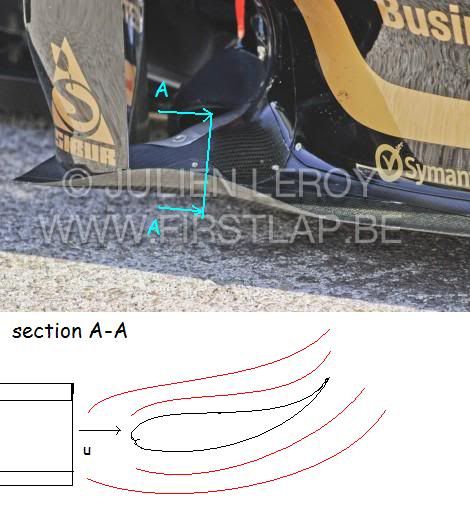marcush. wrote:forty two ,i was referring to road cars actually...simple cheap plastic ,harsh reality....I apologise for being snippy...
material of use is polypropylen -thermoplastics. sorry again for the offence..
You are right in terms of the plastic fuel tanks on modern road vehicles. Simple and cheap I would not agree with, they are complex in terms of their structure and manufacturing process, and fairly expensive to a customer.
I could go into the reasons but it's off topic.
Back to fuel tanks in F1.
The rules state the following for fuel tanks:
ARTICLE 6: FUEL SYSTEM
6.1 Fuel tanks:
6.1.1 The fuel tank must be a single rubber bladder conforming to or exceeding the specifications of FIA/FT5-1999, the fitting of foam within the tank however is not mandatory. A list of approved materials may be found in the Appendix to these regulations.
6.1.2 All the fuel stored on board the car must be situated between the front face of the engine and the driver's back when viewed in lateral projection. When establishing the front face of the engine, no parts of the fuel, oil, water or electrical systems will be considered.
Furthermore, no fuel can be stored more than 300mm forward of the highest point at which the driver's back makes contact with his seat. However, a maximum of 2 litres of fuel may be kept outside the survival cell, but only that which is necessary for the normal running of the engine.
6.1.3 Fuel must not be stored more than 400mm from the longitudinal axis of the car.
6.1.4 All rubber bladders must be made by manufacturers recognised by the FIA. In order to obtain the agreement of the FIA, the manufacturer must prove the compliance of his product with the specifications approved by the FIA. These manufacturers must undertake to deliver to their customers exclusively tanks complying to the approved standards.
A list of approved manufacturers may be found in the Appendix to these regulations.
6.1.5 All rubber bladders shall be printed with the name of the manufacturer, the specifications to which the tank has been manufactured and the date of manufacture.
6.1.6 No rubber bladders shall be used more than 5 years after the date of manufacture.
6.2 Fittings and piping:
6.2.1 All apertures in the fuel tank must be closed by hatches or fittings which are secured to metallic or composite bolt rings bonded to the inside of the bladder. The total area of any such hatches or fittings which are in contact with the fuel may not exceed 30000mm².
Bolt hole edges must be no less than 5mm from the edge of the bolt ring, hatch or fitting.
6.2.2 All fuel lines between the fuel tank and the engine must have a self sealing breakaway valve. This valve must separate at less than 50% of the load required to break the fuel line fitting or to pull it out of the fuel tank.
6.2.3 No lines containing fuel may pass through the cockpit.
6.2.4 All lines must be fitted in such a way that any leakage cannot result in the accumulation of fuel in the cockpit.
6.3 Crushable structure:
The fuel tank must be completely surrounded by a crushable structure, which is an integral part of the survival cell and must be able to withstand the loads required by the tests in Articles 18.2.1 and 18.3.
There are some points in there with regard to construction, and also protection for the tank in a crash situation. I am sure Lotus Renault GP Ltd. have considered these in their design. I would also think that Charlie would have been consulted prior to the roll out of the car also.
it seems you have not looked under a contemporary car for quite a while forty two....fuel tanks are ,without exception now made of:plastics.










